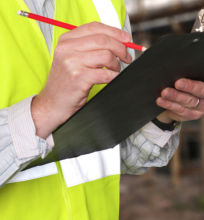The Fourth of July is almost here and I know I’m looking forward to relaxing by the pool and enjoying grilled hamburgers and some home-made ice cream. In this spirit, here’s a free analysis on whether or not it’s cost effective to heat a building with fireworks:
Americans set off about 285 millions pounds of fireworks last year costing approximately 1.10 Billion dollars. Let’s assume that a firework is about 80% gunpowder. (I know that most firecrackers are a mixture of gunpowder and aluminum or flash powder, bear with me.) This leaves us with about 228 million pounds of gunpowder burned up each year. At a cost of 1.10 Billion Dollars, this works out to about $4.82 per pound of gunpowder.
For our analysis, we need to know the cost per unit of energy. Gunpowder on average can produce about 1290 Btu/lb when burned. For perspective, this is a little less than TNT (2021 Btu/lb) and a lot less than gasoline (20,290 Btu/lb). With this data, we can easily calculate that we spend about 0.374 cents per Btu.
Now a Btu is pretty small (it’s the amount of work needed to raise the temperature of one pound of water by one degree Fahrenheit), so for heating we generally use therms which are roughly equal to 100,000 Btu’s. Converting again (isn’t this fun?) we come up with the cost of energy for fireworks to be about $374/therm. We now have a value we can use for comparisons.
The average cost for natural gas was $1.01/therm in 2015 (a typical energy source for heating). We can now say that based on an economic analysis, using fireworks to heat a building is a poor choice compared to natural gas. This is in addition to other obvious concerns (like risk of fire) that arise when using explosives inside a building.
My recommendation is to take the fireworks outside and leave the heating up to your HVAC system. As the old credit card commercials would say, the fireworks cost money but the memory is priceless. Have fun and stay safe this Fourth of July.




